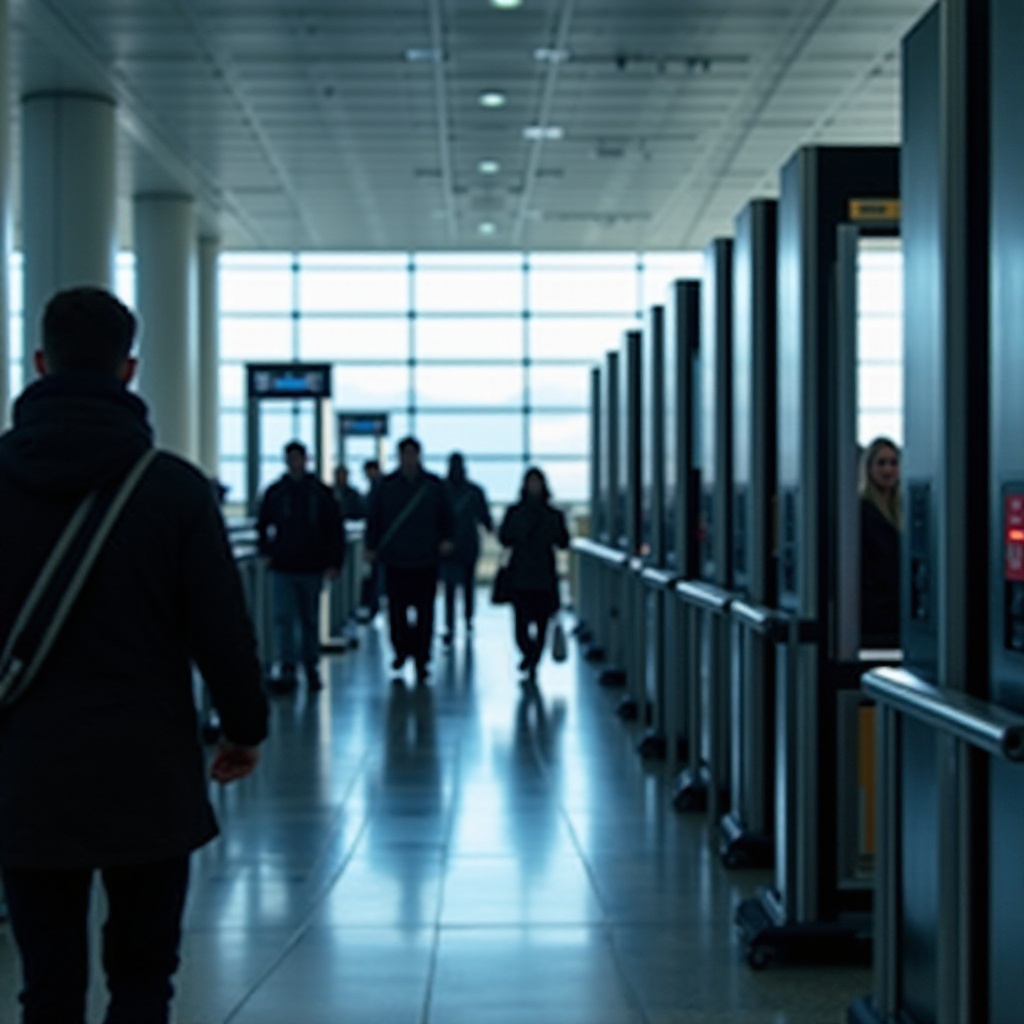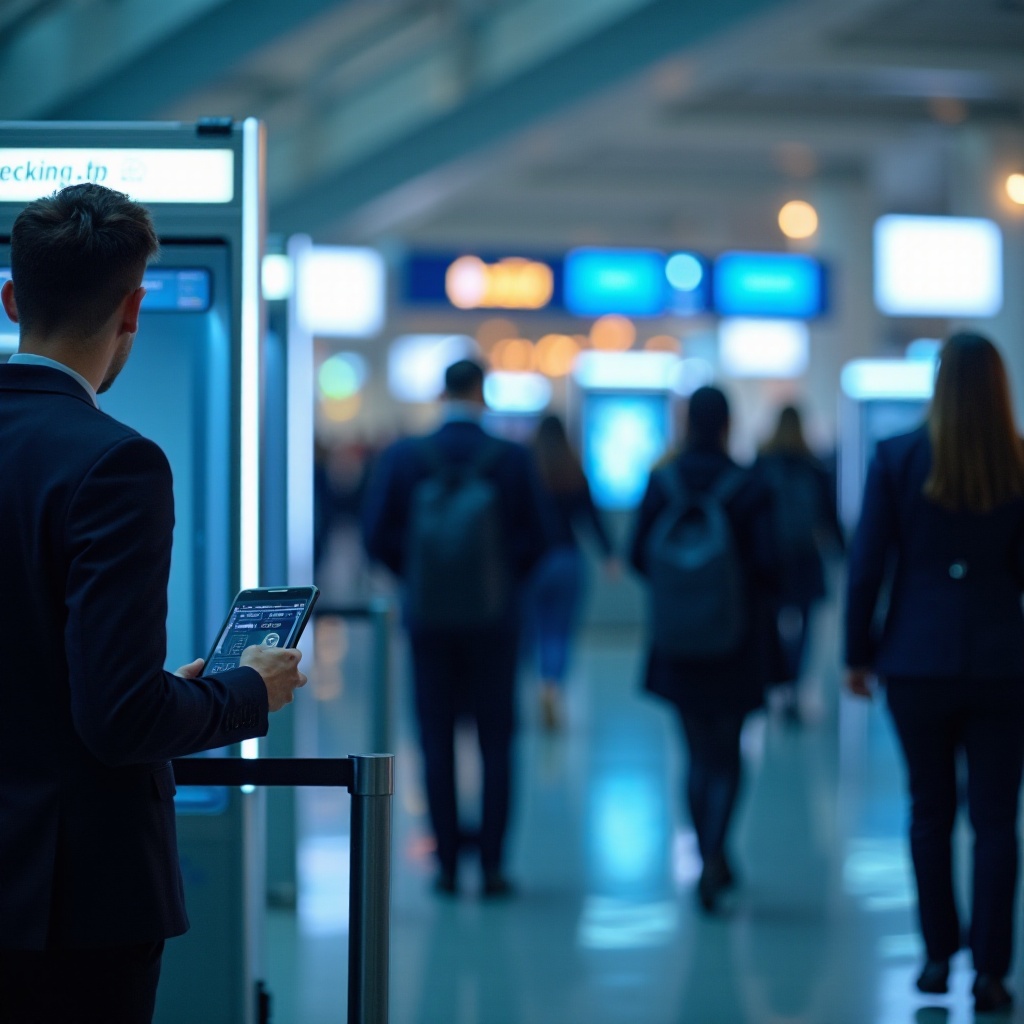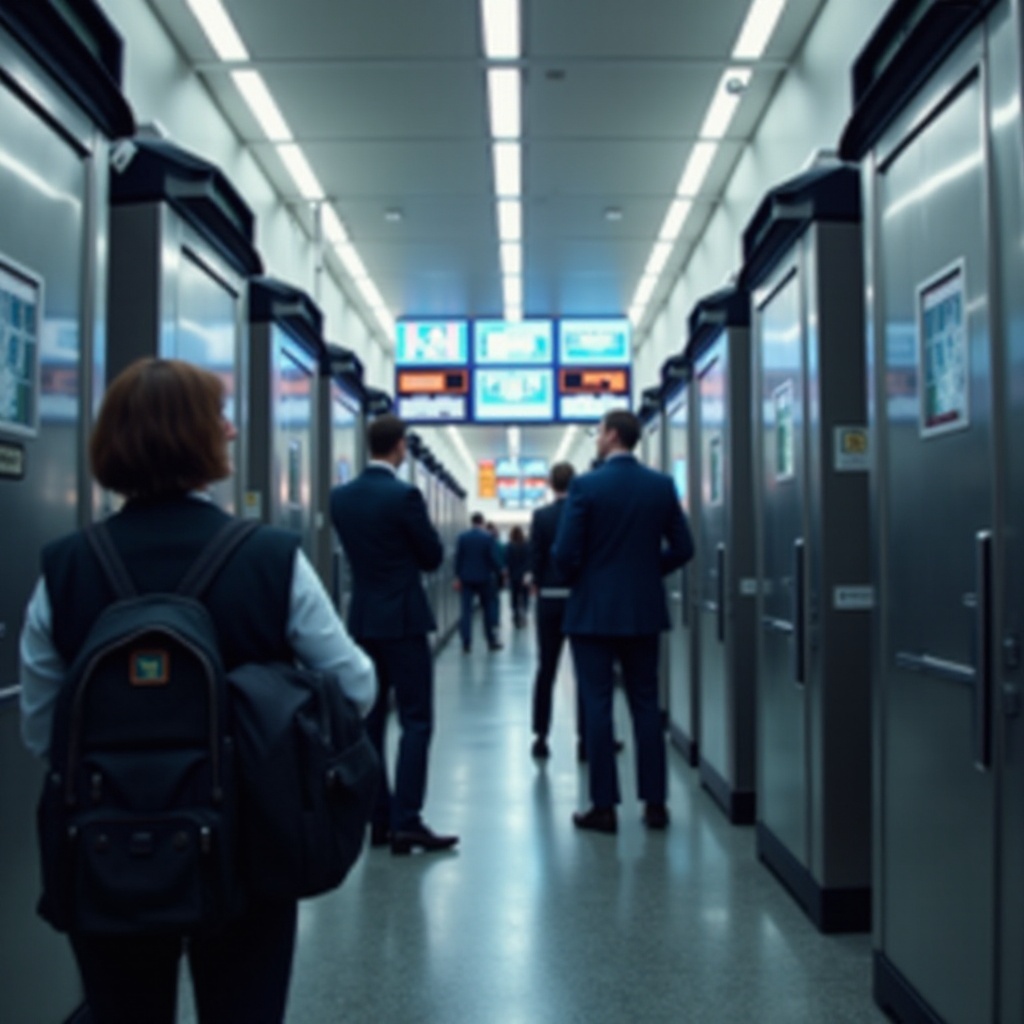Introduction
Air travel comes with many security measures, but few aspects garner as much attention as the TSA scanners. Travelers often find themselves wondering about the safety of these devices. Questions commonly arise regarding the technology used in TSA scanners, potential health risks, and the accuracy of public perceptions. To offer a comprehensive understanding, we’ll explore how TSA scanners work, the scientific backing concerning their safety, and address common safety concerns, myths, and expert opinions on the subject.

The Role and Types of TSA Scanners
TSA scanners are vital components of airport security, designed to thwart potential threats and ensure passenger safety. They come in two primary types: millimeter-wave scanners and backscatter X-ray scanners.
Millimeter-wave scanners employ non-ionizing radio frequency waves to create 3D images of passengers, detecting hidden objects without using harmful radiation. Backscatter X-ray scanners, on the other hand, utilize low-level X-rays to detect metallic and non-metallic objects.
The implementation of these scanners aims to enhance security while maintaining passenger convenience. Understanding both the role these scanners play and how they function is critical to appreciating their significance and addressing safety concerns.

How TSA Scanners Work
To appreciate the safety and effectiveness of TSA scanners, it’s crucial to comprehend their operation.
Millimeter-Wave Scanners
Millimeter-wave scanners emit electromagnetic waves that bounce off the body’s surface, returning to the scanner to create a 3D image. These waves are non-ionizing and do not penetrate the body, which significantly reduces any potential health risks. The resulting image is analyzed for anomalies that could indicate hidden items.
Backscatter X-Ray Scanners
Backscatter X-ray scanners use low-energy X-rays that reflect off the skin to produce an image. Unlike traditional X-rays that pass through the body, backscatter X-rays only penetrate the outermost layer of skin, minimizing deeper tissue exposure. These images are then evaluated for concealed items.
Combining these technologies allows the TSA to identify prohibited items while maintaining high throughput rates. However, their reliance on radiation prompts public concern, leading to widespread myths and queries about their safety.
Safety Concerns and Public Myths
Despite their widespread use, TSA scanners often face scrutiny driven by safety concerns and persistent myths.
Common Myths:
- Myth: TSA Scanners Cause Cancer- Many people fear that the radiation from scanners could increase their cancer risk. However, the types of radiation used pose minimal risk at the doses administered.
- Myth: Scanner Images Invade Privacy- Some believe these scanners produce detailed nude images. Modern scanners utilize automated threat recognition software to display generic outlines rather than detailed images.
Addressing these myths requires an understanding backed by scientific evidence. In the next section, we’ll discuss the safety studies and findings relevant to TSA scanners.
Scientific Evidence on TSA Scanner Safety
Several studies have rigorously evaluated the safety of TSA scanners:
Millimeter-Wave Scanners
Non-ionizing millimeter-wave technology has been extensively reviewed. Research consistently demonstrates its minimal health impact, corroborating its safety for frequent use. The waves used are significantly less harmful than those emitted by cell phones.
Backscatter X-Ray Scanners
Backscatter X-ray scanners have undergone detailed studies to assess radiation exposure. Findings indicate the dose is extremely low—comparable to the amount received during two minutes of a high-altitude flight. Such low exposure poses negligible risk, even with frequent travel.
These findings are essential for dispelling public fears and fostering informed opinions. Regulatory standards further ensure their safe use, highlighting the strict controls and compliance measures in place.
Regulatory Standards and Compliance
TSA scanners must meet stringent regulatory standards set by various health and safety organizations.
U.S. Regulatory Standards
- Food and Drug Administration (FDA)- Regulates the radiation emission standards for electronic products, ensuring that general public exposure limits are not exceeded.
- Transportation Security Administration (TSA)- Implements operational guidelines to ensure scanners are safe for frequent travelers and workers.
- Health Physics Society- Provides guidelines on radiation safety, ensuring devices adhere to recommended exposure thresholds.
Compulsory compliance with these standards confirms that TSA scanners operate within safe parameters, thereby enhancing passenger safety and mitigating potential health risks.
Expert Opinions on TSA Scanner Safety
Experts across the medical and scientific communities provide considerable assurance regarding TSA scanner safety:
- Radiation Oncologists- Majority agree that the low radiation levels emitted by backscatter X-ray scanners are not sufficient to produce significant biological damage.
- Health Physicists- Generally endorse the use of both scanner types, emphasizing that the radiation dose is substantially below harmful levels.
- Aviation Medicine Specialists- Support the usage based on studies illustrating the minimal exposure compared to other common sources like the sun or medical imaging devices.
Their endorsements contribute to a broader understanding and acceptance of TSA scanner technology as safe and non-threatening to human health.

Conclusion
Assessing the question, ‘Are TSA scanners safe?’ reveals a consensus supported by rigorous scientific evidence, regulatory adherence, and expert validation. While public myths and concerns exist, the low levels of radiation, strict safety standards, and extensive studies underline the negligible health risks associated with these devices. Travelers can feel assured that TSA scanners are a well-studied, crucial element in maintaining aviation security without compromising personal health.
Frequently Asked Questions
What types of TSA scanners are used in airports?
Airports primarily use millimeter-wave scanners and backscatter X-ray scanners. Millimeter-wave scanners are non-ionizing, while backscatter X-ray scanners emit low-level ionizing radiation.
How much radiation do TSA scanners emit?
Millimeter-wave scanners emit non-ionizing radiofrequency waves, posing minimal health risks. Backscatter X-ray scanners emit an extremely low dose of radiation, comparable to two minutes of flight-time radiation exposure at altitude.
Are TSA scanners safe for pregnant women and children?
Yes, TSA scanners are safe for pregnant women and children. The levels of radiation emitted are substantially lower than those considered harmful by health and safety guidelines. Non-ionizing scanners, in particular, pose no significant risk to any demographic.

